China, Pakistan, and Afghanistan expand trade and security ties through Belt and Road
- Update Time : Friday, May 23, 2025
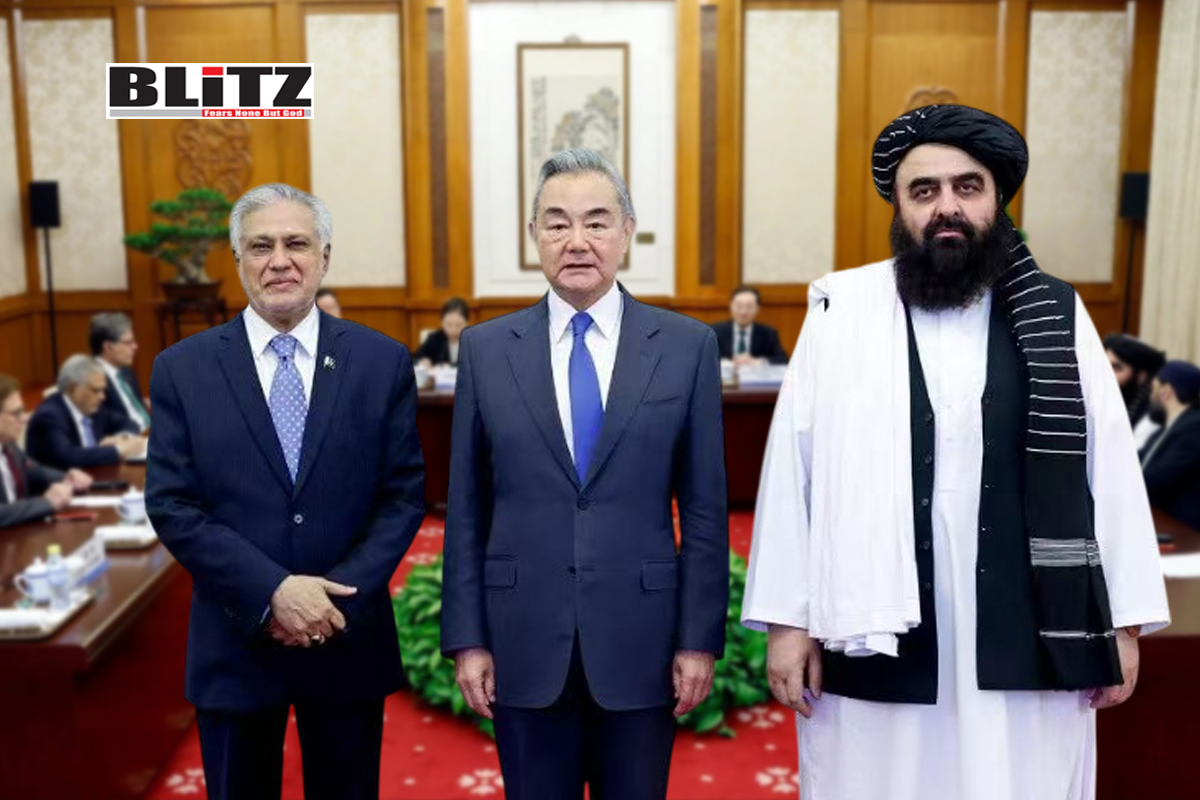
In a significant move aimed at enhancing regional connectivity, China, Pakistan, and Afghanistan have pledged to deepen cooperation in trade, infrastructure, and security following high-level informal talks in Beijing on May 21. The trilateral meeting, which brought together Pakistani Foreign Minister Muhammad Ishaq Dar, Chinese Foreign Minister Wang Yi, and Afghanistan’s Acting Foreign Minister Amir Khan Muttaqi, marks a fresh chapter in the evolving geopolitical landscape of South and Central Asia.
In a joint statement issued by Pakistan’s Foreign Ministry and shared on the social media platform X, the three countries emphasized the importance of trilateral engagement to promote regional security and economic integration. “The three Foreign Ministers reaffirmed trilateral cooperation as a vital platform to promote regional security and economic connectivity,” the statement read, underscoring a shared commitment to practical steps in diplomacy, trade, and development.
At the heart of this emerging alliance lies the Belt and Road Initiative (BRI), China’s ambitious global infrastructure strategy. The new trilateral alignment aims to expand BRI’s reach into Afghanistan by integrating it into the China-Pakistan Economic Corridor (CPEC), a $62 billion flagship component of the BRI.
This marks a notable shift, as Beijing had previously treaded cautiously in dealing with Afghanistan under the Taliban regime. Now, with Islamabad’s backing and Kabul’s enthusiastic outreach, the stage is set for major infrastructure investments that could connect landlocked Afghanistan with China’s global trade network via Pakistani ports.
The Taliban government’s recent overture, expressed through a statement from Afghanistan’s Interior Ministry, welcomed “mutual respect and constructive engagement” with both Pakistan and China. This rhetorical shift suggests a strategic realignment by Kabul, which appears increasingly willing to align with China’s economic agenda in return for legitimacy and investment.
The trilateral talks followed a bilateral meeting between Ishaq Dar and Wang Yi, during which the Chinese Foreign Minister described Pakistan as an “iron-clad friend” and “all-weather strategic partner.” These reaffirmations of mutual trust came against the backdrop of heightened regional tensions and provided an important signal of continuity in Sino-Pakistani ties.
According to the Pakistani Foreign Ministry, the two countries committed to bolstering cooperation in sectors beyond traditional infrastructure and defense, including agriculture, investment, and industrialization. Importantly, both sides agreed to maintain regular high-level communication-a sign of sustained strategic engagement amid shifting regional alliances.
China also reiterated its support for Pakistan’s national sovereignty and territorial integrity, a diplomatic gesture that carried extra weight given the recent military tensions between India and Pakistan.
The trilateral initiative emerges at a time when South Asia is experiencing renewed volatility. A brief yet intense military confrontation between India and Pakistan in early May resulted in a four-day clash that concluded with a ceasefire on May 10. The conflict raised fears of a broader escalation in the region, especially considering the nuclear capabilities of both nations.
China, maintaining its position as a regional stabilizer, urged restraint. In a diplomatic intervention just before the ceasefire, Wang Yi contacted Indian National Security Adviser Ajit Doval, urging “calm and restraint” from both sides. He emphasized the need to “properly handle differences through dialogue and consultation,” signaling China’s interest in maintaining regional equilibrium without taking an overtly partisan stance.
However, subsequent reports added a more provocative dimension to China’s role. An Indian Defense Ministry-affiliated think tank, speaking to Bloomberg, claimed that China had provided Pakistan with satellite imagery and air defense support during the standoff. While these allegations remain unconfirmed by official Chinese sources, they suggest a more hands-on role by Beijing in supporting Islamabad, especially in times of crisis.
While Pakistan and China have long maintained strategic ties, the inclusion of Afghanistan in the trilateral format is both novel and significant. Under the Taliban government, Afghanistan has struggled with international recognition and economic isolation. The country’s new rulers are eager to attract investment and infrastructure projects that could revive Afghanistan’s war-torn economy and cement their control.
By offering a platform for dialogue and practical collaboration, China and Pakistan are extending a political lifeline to the Taliban-one that comes with economic incentives but also strategic expectations. In turn, Beijing gains access to Afghanistan’s rich mineral reserves and a broader strategic depth in Central Asia, while Pakistan secures its western border through increased economic interdependence.
For China, the gamble is calculated. A stable and economically integrated Afghanistan could serve as both a buffer against extremist spillover into Xinjiang and a gateway for expanding BRI through Central Asia. For Pakistan, the rewards include a quieter western frontier, greater connectivity to Central Asia, and deeper economic ties with its most dependable ally.
Despite the optimistic tone of the trilateral meeting, the road ahead is fraught with challenges. Afghanistan’s internal security situation remains fragile, and the Taliban’s commitment to inclusive governance and human rights continues to draw international scrutiny. Furthermore, integrating Afghanistan into the CPEC framework will require overcoming logistical, financial, and political obstacles.
India, a key regional player, is unlikely to view these developments with indifference. The expansion of China’s influence through CPEC into Afghan territory may be perceived by New Delhi as a threat to its own strategic interests, potentially exacerbating existing tensions.
Additionally, the US and its allies may view the growing China-Pakistan-Afghanistan nexus with skepticism, especially as it appears to sideline Western-led efforts at stabilizing Afghanistan post-2021 withdrawal.
The trilateral cooperation initiative unveiled in Beijing on May 21 represents a bold recalibration of regional diplomacy. With the Belt and Road Initiative now poised to enter Afghan territory, China is positioning itself as a central architect of South and Central Asia’s future. For Pakistan and Afghanistan, the partnership offers economic opportunities and geopolitical leverage-but also ties their fortunes increasingly to Beijing’s strategic calculus.
Whether this emerging triangle leads to lasting peace and prosperity or becomes a new flashpoint in an already tense region will depend on the careful navigation of mutual interests, competing powers, and long-standing rivalries. One thing is certain: the geopolitics of Asia is undergoing a profound transformation.




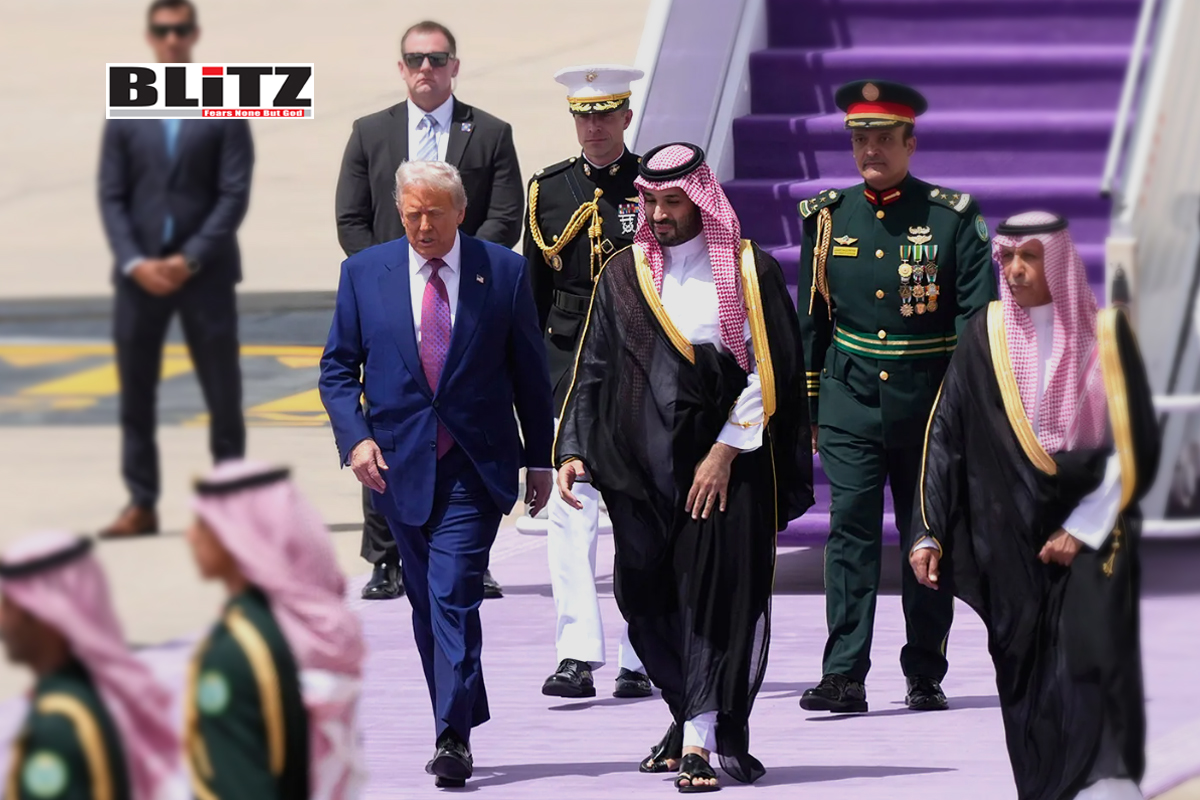

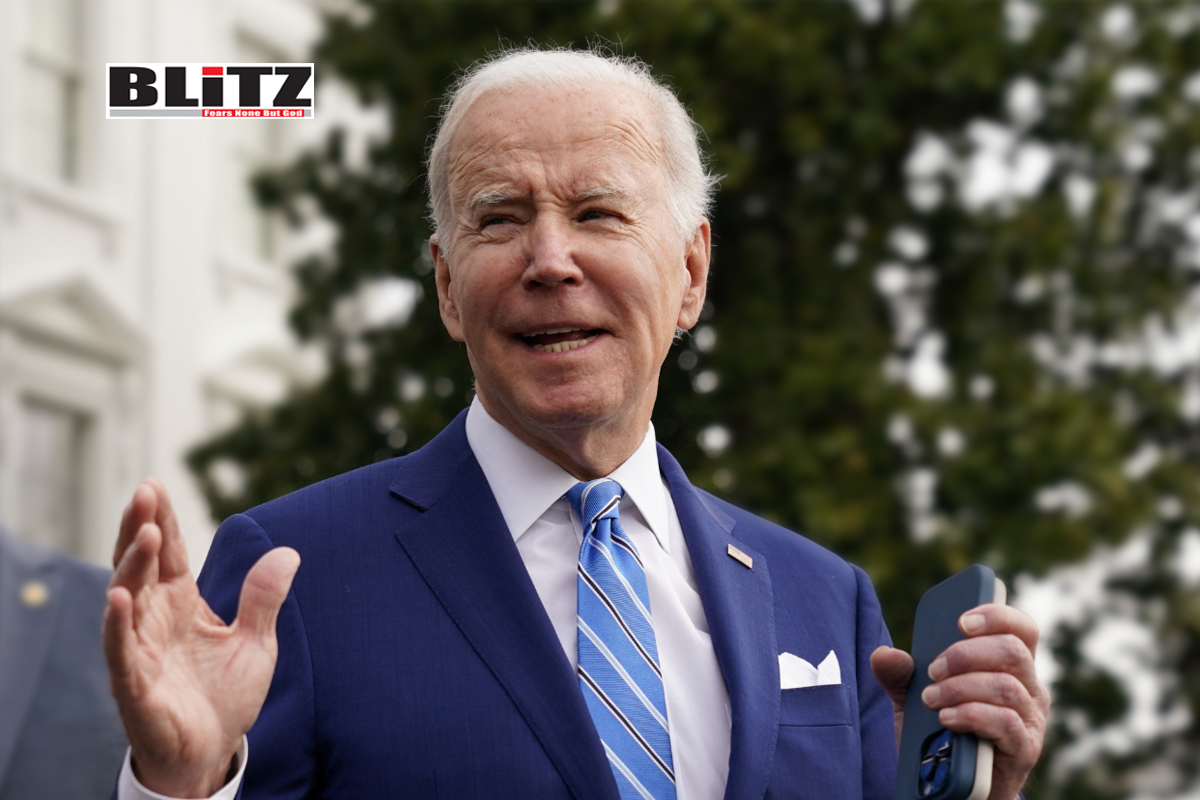
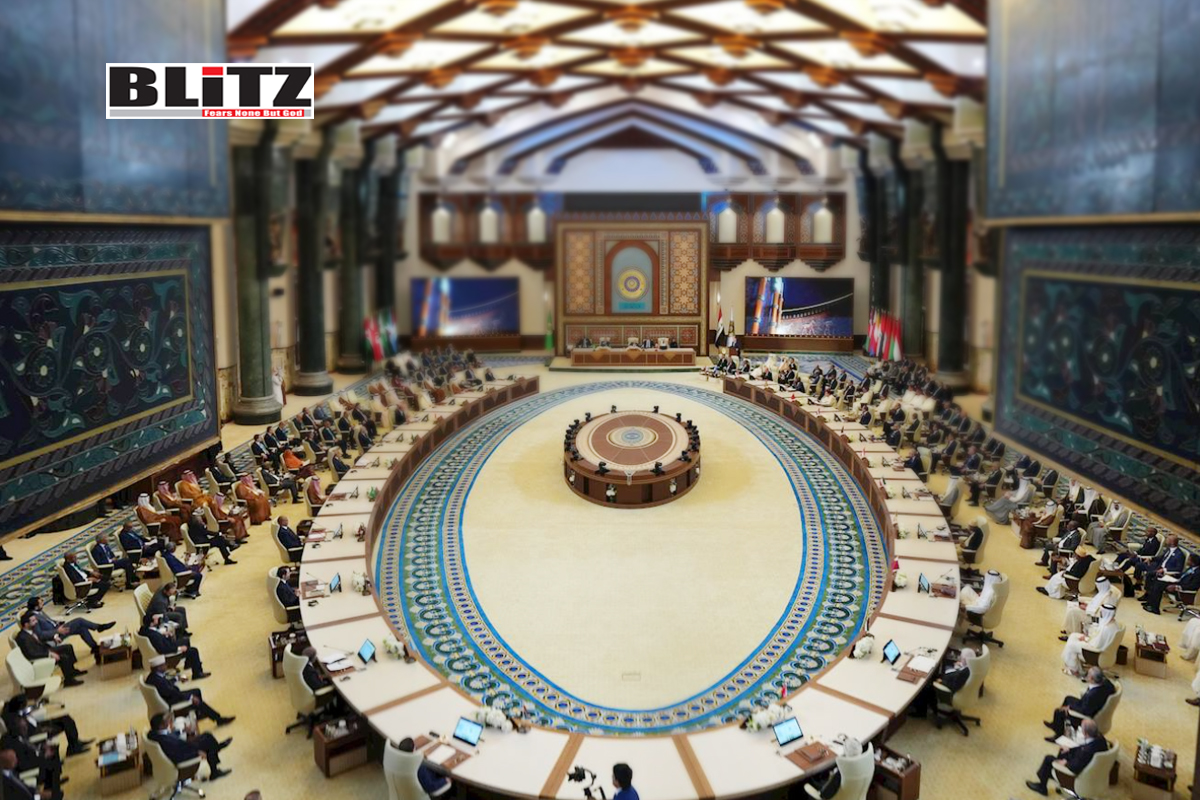


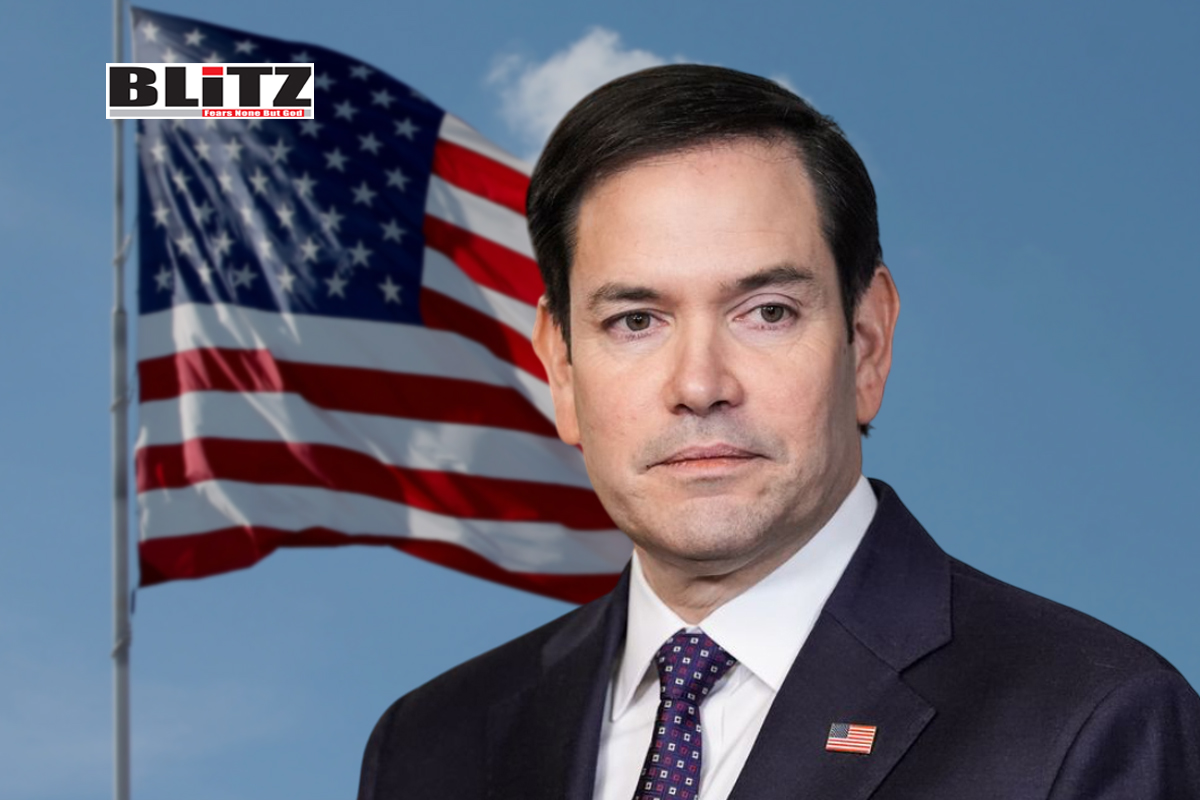


Leave a Reply